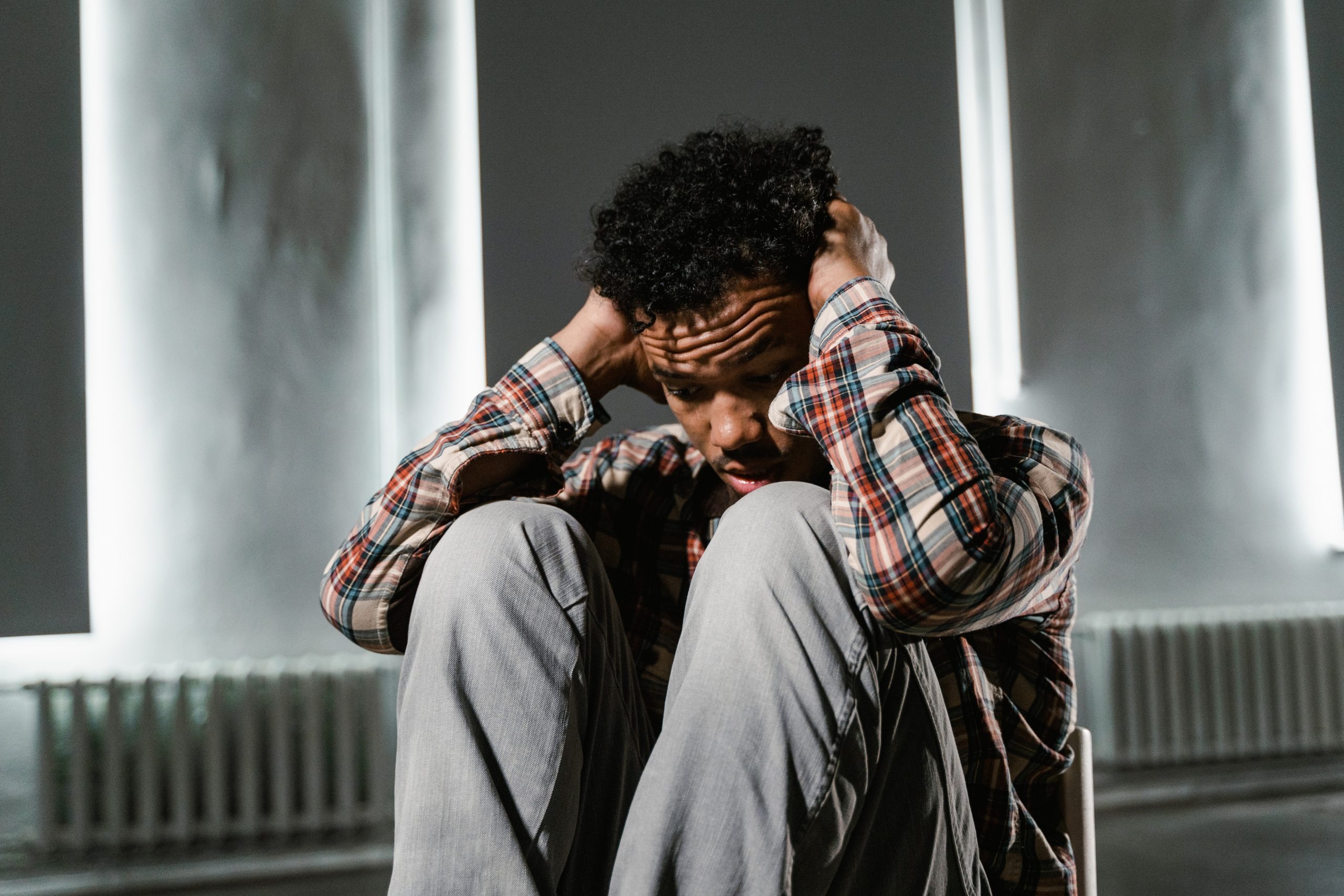
Anxiety: a feeling of nervousness, worry or restlessness
Many studies and researches carried out in recent years on the monitoring of various mental disorders have found anxiety to be a persistent disorder in the world population in general and in Italy in particular
The European Association for Panic Attack Disorders (Eurodap), in an online survey, to which more than 700 people aged between 19 and 60 years responded, wanted to investigate how habitually people experience some of the typical symptoms of anxiety and panic.
The results showed that 79% of the respondents had experienced frequent and intense physical manifestations of anxiety in the last month; 73% perceived themselves as very apprehensive, easily worried about small things/situations; 68% said they felt very uneasy being away from home or familiar places, while 91% found it very difficult to relax.
In an interview, Dr. P. Vinciguerra, president of Eurodap and author together with Isabel Fernandez, president of EMDR Italy and Europe, of the book ‘Il panico ospite imprevisto.
Diagnosis of the disorder and EMDR therapy’ states the following: “These data describe a very complex and worrying scenario that is often underestimated, especially by younger people.
Episodes of anxiety are not to be minimised because, if ignored, they could in turn generate a panic attack.
Such an experience is often experienced as a real traumatic event’.
Yet anxiety is a normal response to danger or psychological stress
The ‘normal’ type of anxiety is rooted in fear and is functional to survival.
When we face danger, anxiety induces an attack or flight response. In association with these responses, various physical changes occur, such as increased blood flow to the heart and muscles, which provide the energy and strength needed to cope with the dangerous condition, such as escaping from an aggressive animal.
What are the symptoms of anxiety?
Anxiety can come on suddenly or gradually.
It has no defined duration: it can vary from a few seconds to years.
The intensity of the disorder can manifest itself in the form of barely perceptible apprehension or a full-blown panic attack, which can cause shortness of breath, dizziness, increased heart rate and trembling.
However, anxiety is considered a disorder when it occurs at inappropriate times, occurs often and is so intense and long-lasting that it interferes with a person’s normal daily activities (DSM-5).
What are the causes of anxiety disorders?
- Genetic factors (including family history of anxiety disorder)
- Environment (such as having experienced stress or a traumatic event, such as the break-up of an important relationship or exposure to a life-threatening disaster)
- Psychological development
- Physical pathology
But how does anxiety affect daily performance?
We could imagine representing the effects of anxiety on people’s daily performance with a curve.
When the level of anxiety increases, performance efficiency increases proportionally, but only up to a certain point.
If it increases further, performance drops.
Before the peak of the curve, anxiety is considered adaptive, because it helps the subject prepare for a crisis and improves physical condition.
After the peak of the curve, anxiety is considered non-adaptive, because it causes problems and compromises physical condition (Psychodynamic Psychiatry, Glen O. Gabbard, 2006, Cortina R. Ed.).
Which physical pathologies can be related to anxiety?
- Heart diseases, such as heart failure and heart rhythm disorders (arrhythmias)
- Hormonal (endocrine) pathologies, such as an overactive adrenal gland, an overactive thyroid (hyperthyroidism) or a tumour that secretes hormones, called pheochromocytoma
- Lung (respiratory) diseases, such as asthma and chronic obstructive pulmonary disease (COPD)
- Fever can cause anxiety
It can also occur in terminally ill individuals due to fear of death, pain and difficulty breathing.
How to prevent anxiety?
Relaxation is among the first useful interventions on the symptoms. Thanks to it, a pleasant state of calm sets in, fatigue and tension melt away and harmony is restored.
The main techniques used by psychologists and other health professionals are guided meditation (mindfulness), autogenic training, and deep muscle relaxation.
Finally, if an anxiety disorder is diagnosed, pharmacological therapy and/or psychotherapy, in monotherapy or in combination, can greatly alleviate the discomfort and disorder in most patients.
Article written by Dr Letizia Ciabattoni
Read Also:
The Panic Attack And Its Characteristics
Psychosis Is Not Psychopathy: Differences In Symptoms, Diagnosis And Treatment
Emergency In Airports – Panic And Evacuation: How To Manage Both?
Defusing Among First Responders: How To Manage The Sense Of Guilt?
Burnout In Paramedics: Exposure To Critical Injuries Among Ambulance Workers In Minnesota
Source:
https://www.epicentro.iss.it/mentale/esemed-pres
http://www.neuropsy.it/blog/2011/09/europa-disturbi-mentali-per-un-cittadino-su-tre.html
https://voxeurop.eu/it/europei-accesso-cure-ansia-depressioe/
https://www.epicentro.iss.it/mentale/pdf/esemed.pdf
Sconfiggi l’ansia. Manuale pratico per liberarsi da paure, fobie, panico e ossessioni, Martin M. Antony (Autore), Peter J. Norton (Autore), Silvia Bianco (Traduttore), Eifis, 2018



